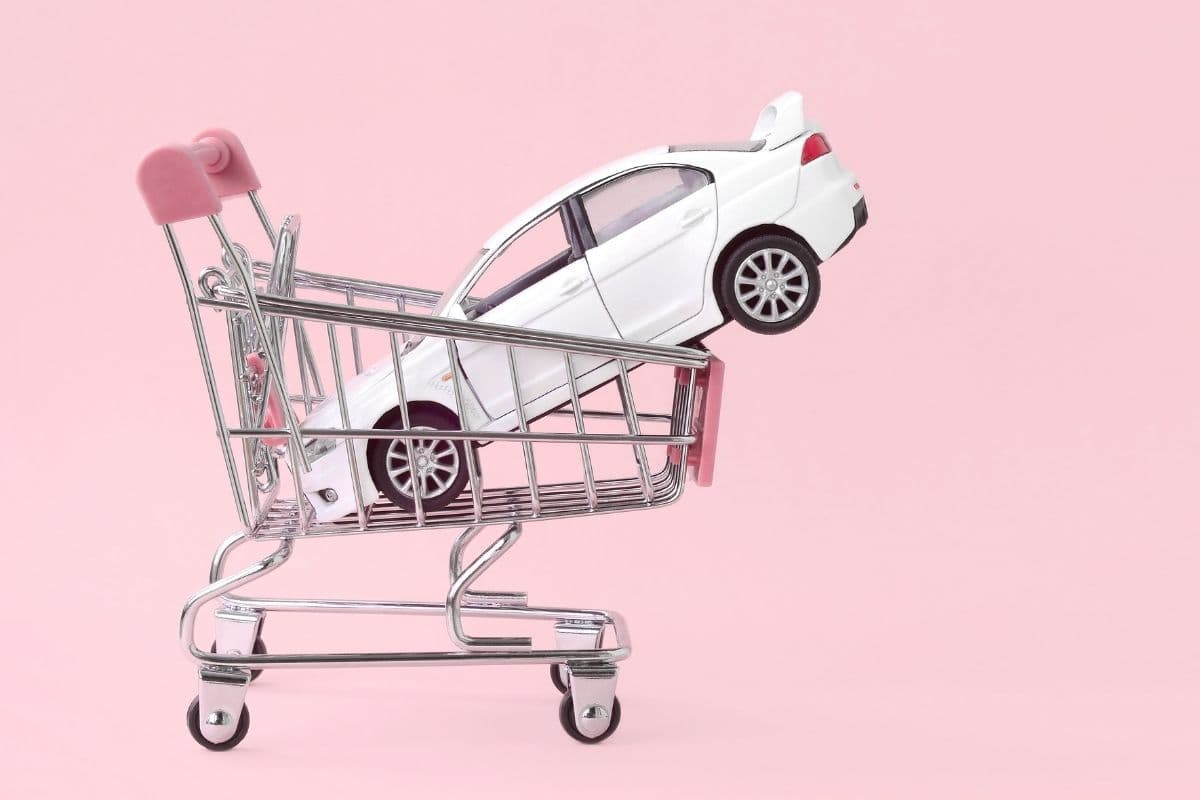Leasing a Car vs Buying a Car in Canada: Which One is Better?
By Heidi Unrau | Fact-checked by Maude Gauthier | Published on 17 Apr 2024

Popular belief favors buying a car, but is it justified? These days, the average price of a new car is over $65,000. And that’s not counting car insurance, gas, maintenance and repairs. By leasing a vehicle, you can generally save on monthly payments and repairs, for example. For most people, renting a car is therefore more cost-effective. Let’s take a closer look.
What is the difference between leasing and financing?
Few people can afford to buy a car without taking out a car loan. In most cases, you must provide a down payment and have a good credit score to qualify for traditional financing. Financing means you agree to repay your loan with interest and fixed payments over a specific period. It is not uncommon to see these loans spread over seven or eight years.
This means that renting is actually the best option for most people. When you lease, you pay the dealer for the privilege of driving it instead of owning it. Leasing a car is like paying rent on your apartment, while financing a car is like paying a mortgage on your house.
When does it make sense to buy a car?
While many people can work from home, you may not be so lucky. Right now, the only word that accurately describes the Canadian housing market is “crazy.” Millions of people cannot afford to live in the same city where they work. If you are likely to drive more kilometers than the rental contract of the car allows you, then purchasing, with financing if necessary, becomes the best option for you.
Owning a car is better for some people who have money set aside to finance and maintain their car. It depends on your budget. Some people might want to own their car until it dies, or until the cost of repairs outweighs the cost of buying or leasing a new model. In this case, the average monthly cost of car ownership can decrease to become more advantageous than leasing. There’s a reason why you keep seeing old cars on the roads! You can keep the same car for more than a decade. You may also want to keep this car for your children to eventually use.
Before buying a car, think carefully about your needs. Is this a legitimate need or just a more convenient way to get around?
- Can you walk or take the bus to the supermarket?
- Do you work from home or commute every day?
- Can you carpool or take the bus to work instead of driving?
- Can you walk or take the bus to your most common places like school, daycare, restaurants, stores, or for visiting your loved ones?
- Can your children get to school by bus or on foot?
Pros and cons of financing a car
Before you apply for a car loan, make sure it’s the right decision for you. Financing the purchase of a car certainly has advantages. For instance, you can get a term of up to eight years, often reducing monthly payments. In the end, you’ll own it and hopefully your car will still be worth a few thousand dollars. This value could help you lower the cost of your next car. For example, if it is worth $10,000, this trade-in value will be deducted from your next purchase when you trade it in at the dealership. As long as you own the car, you will be able to use it as you wish, without fear of penalties and wear charges.
Of course, there are also downsides to owning a car. For starters, your monthly payments will likely be higher to finance a car than to lease it. Then, after a few years, the value of your car has reduced considerably AND maintenance and repair bills are adding up. The manufacturer’s warranty rarely exceeds five years, as Car Loans Canada explains in this guide about warranties. As the value of the car decreases, your debt could exceed it and lead to a larger loan on a future car. Let’s take an example: After four years of ownership, you owe about $25,000 on a car you paid $45,000. But the trade-in value of the car is only $20,000. If you change cars now, $5,000 will be added to your loan on the new vehicle.
When to choose leasing?
When you lease a car, you are essentially renting it for a specific period of time. Car leases generally last between two and four years. At the end of this period, you return the car to the dealership instead of keeping it. A rental car is almost always cheaper in the short term and repair costs are much lower. For example, the Volkswagen Taos would cost me $160.02 per week if I bought it on a four-year loan, while it only costs $94.45 per week to lease for four years.

To get a leased car, the credit score requirements are generally much less strict than for financing. This is another advantage of leasing. Additionally, your lease payments can help build your credit score, just like a loan.
A car lease gives you the keys to a new vehicle for a certain period of time at a specific cost per month. It may require to pay a deposit first, much like a landlord would require a deposit before you can move into an apartment.
Pros and cons of car leasing
Before signing, make sure the agreement works in your favor. In addition to short-term savings, leasing has other advantages. Normally, there will be fewer fees to pay on top of monthly payments (or weekly payments, depending on the contract). Make sure the warranty does not expire before the end of your contract. Choose a term at least as long as the warranty, or shorter. This way, you will never have to pay for certain types of very expensive repairs.
On the downside, there’s the fact that you don’t own the car, which means you’re subject to restrictions imposed by someone else. For example, your mileage will be limited, you may have to pay fees for excessive wear and tear, and you cannot modify the car as you wish.
Standard lease, used car lease or takeover?
A standard car lease is the most common type of lease for a new car. When this contract expires, you have the choice to extend the contract, return the car or buy it.
While most people tend to lease new cars, you can also lease a used car. The terms and restrictions are similar to a new car lease, except for a lower monthly payment. Used cars have wear and mileage from the previous owner, making them less reliable. The warranty is more likely to expire before your contract ends. If this happens, the cost of repairs could offset the benefit of lower payments.
If you want to get a better deal on a leased car, a lease takeover may be a good option. This type of arrangement transfers an existing contract from one person to another. Typically, you don’t need to provide a deposit, as the existing tenant has already paid it, and it’s not uncommon to be offered a few extra perks to encourage you to take over the contract. When you take over a lease, you also assume responsibility for the mileage and wear and tear caused by the other person. If you’re not careful, you could be surprised by additional fees at the end of the contract.
Can I negotiate my car lease?
This is one of the best kept secrets about rental cars. Yes, you absolutely can negotiate your car lease, but not many people know that. And the dealer definitely doesn’t want you to know that. In fact, according to Canada Drives, you have as much negotiating power over a rental contract as you have over the purchase price if you were the buyer.
The monthly payment is influenced by the MSRP, which is the sticker price suggested by the car manufacturer. Don’t open negotiations by asking a dealer for their best offer, because you won’t get it. Name your price after you’ve done your research, and go from there. Your budget will thank you. Also look for discounts from car manufacturers. Use this information to negotiate a lower price based on available deals and the savings a buyer would get.
Car leasing and insurance
Leasing a car can affect how much you pay to insure it. In Canada, it is mandatory to have car insurance, but the exact requirements vary by province. However, the dealership owns your car and may want to protect their property by requiring you to have:
- Comprehensive auto insurance: It typically includes liability and collision coverage, and sometimes covers non-collision damage/loss due to things like severe weather, theft or vandalism.
- Replacement cost insurance or gap insurance: A new car loses its value the moment you start driving it, and can lose up to 25% of its value in the first year. Replacement insurance protects you, or the dealer in this case, if you owe more than the car is worth.
- Collision insurance: It covers damage/loss in a single-car collision, such as if you hit a telephone pole. It can also cover damage/loss resulting from a collision with another vehicle if that driver is not insured.
So the dealer might require you to have specific, more expensive coverage that you might not have chosen if you had purchased the car instead of leasing it.
